
Yellow-Spotted Lizard's Diet. The yellow-spotted tropical night lizard is a small lizard native to the tropical regions of North and South America as well as some parts of Central America. They are believed to be nocturnal as the name suggests, but are rarely seen by humans enough to confirm this suspicion, according to the book "The Reptiles and Amphibians of Costa Rica" by Jay Savage (2002).
According to Davidson College in Charlotte, North Carolina, the yellow-spotted tropical night lizard's diet consists primarily of small invertebrates, including spiders, ants, millipedes, centipedes, crickets and termites in the wild.
Yellow-spotted tropical night lizards are rarely seen in the wild and as such are seldom kept in captivity. However, their captive diet is similar to their wild diet and primarily consists of small invertebrates such as crickets, centipedes and spiders.
According to a 2001 sighting in Costa Rica by herpetologist Bill Lamar of GreenTracks, a company that organizes eco-tours through the rainforest, yellow-spotted tropical night lizards have been spotted hunting insects that are attracted to lights. The lizard would wait by the light and eat the insects and other invertebrates as they were drawn to a porch light.
According to The Lizard Lounge, a lizard reference website, the yellow-spotted tropical night lizard tends to live in leaf litter on the forest floor and in decaying logs. This primarily relates to their diet because they are more likely to eat the small invertebrates that also spend their time in similar environments, such as scorpions and termites.
A lizard by the same name also lives as a fictional animal in the book "Holes" by Louis Sachar. In the feature film version, a special effects-enhanced bearded dragon was used as the venomous yellow-spotted lizard. In reality, there is no such lizard. The closest living reptiles and amphibians include the yellow-spotted tropical night lizard, the yellow-spotted salamander and a variety of frog species that have yellow spots.
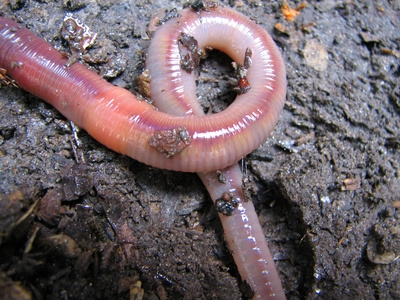 Diets for a Blue-Tailed Skink
Diets for a Blue-Tailed Skink
Diets fo
Diets for a Blue-Tailed Skink
Diets for a Blue-Tailed Skink
Diets fo
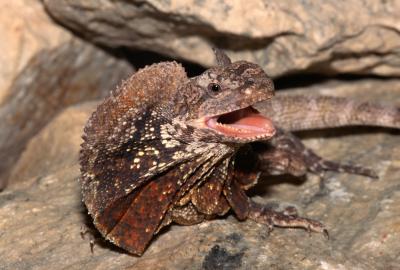 How to Tell the Difference Between Male & Female Frilled Lizards
How to Tell the Difference Between Male &
How to Tell the Difference Between Male & Female Frilled Lizards
How to Tell the Difference Between Male &
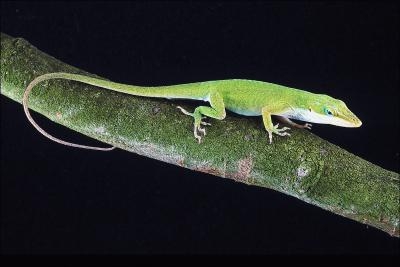 How to Take Care of a Florida Lizard
How to Take Care of a Florida Lizard
H
How to Take Care of a Florida Lizard
How to Take Care of a Florida Lizard
H
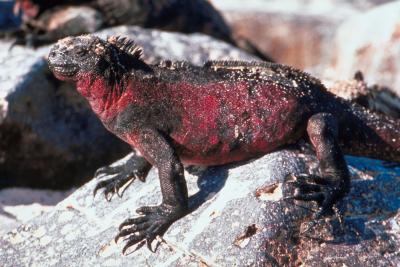 What Reptiles Eat Just Veggies?
What Reptiles Eat Just Veggies?
What R
What Reptiles Eat Just Veggies?
What Reptiles Eat Just Veggies?
What R
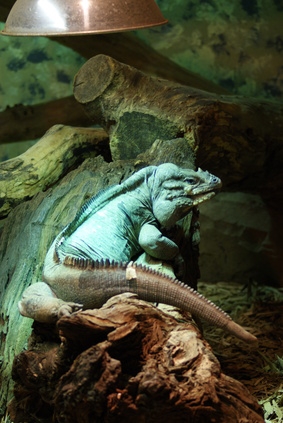 List of Reptiles that have Spikes on their Tails
List of Reptiles that have Spikes on their Tai
List of Reptiles that have Spikes on their Tails
List of Reptiles that have Spikes on their Tai
Copyright © 2005-2016 Pet Information All Rights Reserved
Contact us: www162date@outlook.com